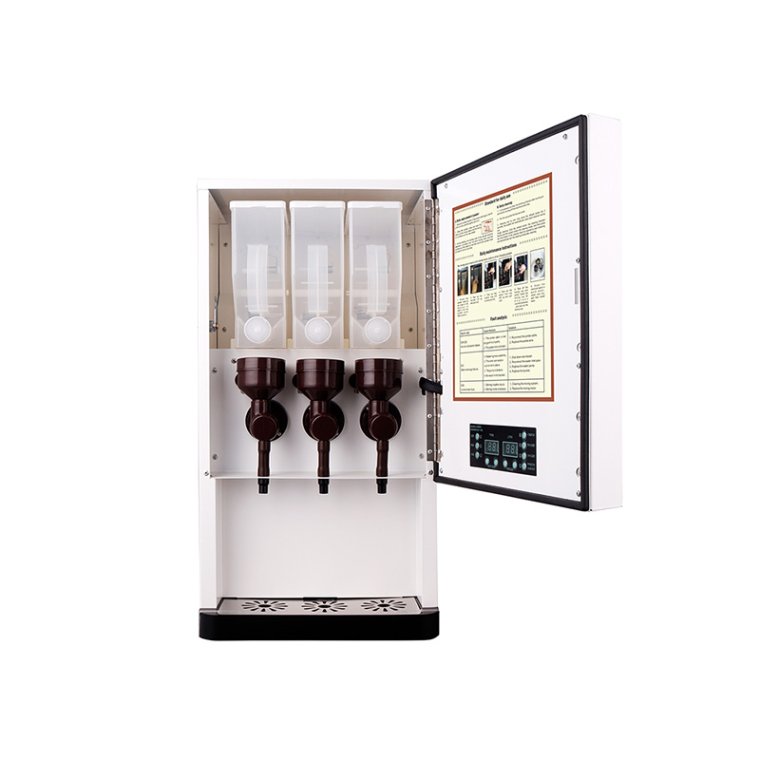When it comes to heating our homes, understanding the capacity of our heating appliances is crucial for both comfort and energy efficiency. One common question that arises is, How many square feet will a 1500 watt heater heat? This inquiry is not just about the wattage; it involves various factors that influence the heater's effectiveness in a given space. In this article, we will delve into the intricacies of heater capacity, the science behind heat distribution, and practical considerations for optimizing your heating solution.
The Basics of Heater Wattage
To begin with, wattage is a measure of electrical power. A 1500 watt heater consumes 1500 watts of electricity per hour. However, the relationship between wattage and heating capacity is not linear and depends on several variables, including insulation, room size, ceiling height, and climate conditions.
General Guidelines for Heating Capacity
A common rule of thumb is that one watt can effectively heat approximately one square foot of space in a well-insulated area. Therefore, a 1500 watt heater can theoretically heat about 1500 square feet. However, this estimation assumes ideal conditions, which are rarely met in real-world scenarios.
Factors Influencing Heating Capacity
- Insulation Quality: The quality of insulation in your home plays a significant role in how effectively heat is retained. Poorly insulated spaces will lose heat quickly, requiring more wattage to maintain a comfortable temperature. Conversely, well-insulated homes can retain heat longer, allowing a 1500 watt heater to cover a larger area.
- Ceiling Height: Standard calculations often assume an 8-foot ceiling. If your room has higher ceilings, the volume of air that needs to be heated increases, which may reduce the effective heating area of your heater. For example, a room with a 10-foot ceiling will require more energy to heat than a room with an 8-foot ceiling.
- Room Layout and Design: Open floor plans allow for better heat distribution compared to closed-off rooms. If a heater is placed in a corner of a room or obstructed by furniture, its effectiveness can be significantly diminished.
- Climate and External Temperature: In colder climates, the heater will need to work harder to maintain a comfortable temperature, which can affect its effective heating area. Conversely, in milder climates, a 1500 watt heater may suffice for larger spaces.
- Heat Loss Factors: Windows, doors, and drafts can contribute to heat loss. Rooms with large windows or poor sealing will require additional heating capacity to compensate for the heat that escapes.
Practical Application: Calculating Your Needs
To determine how many square feet a 1500 watt heater can effectively heat in your specific situation, consider the following steps:
- Assess Insulation: Evaluate the insulation quality in your home. If your home is well-insulated, you can expect to heat closer to the 1500 square feet mark. If not, adjust your expectations downward.
- Measure Ceiling Height: Calculate the volume of the room. For rooms with ceilings higher than 8 feet, consider reducing the effective heating area by approximately 10% for every additional foot of height.
- Evaluate Room Layout: Consider the layout of the room. If the heater is placed in a corner or behind furniture, it may not effectively heat the entire space.
- Account for External Factors: Consider the climate and any potential heat loss from windows or doors. If your room has significant heat loss, you may need to reduce the effective heating area further.
Conclusion: Making Informed Heating Decisions
In conclusion, while a 1500 watt heater can theoretically heat around 1500 square feet, the actual effective heating area can vary significantly based on insulation, ceiling height, room layout, and external conditions. By understanding these factors and applying practical calculations, you can make informed decisions about your heating needs, ensuring comfort and efficiency in your living space.


